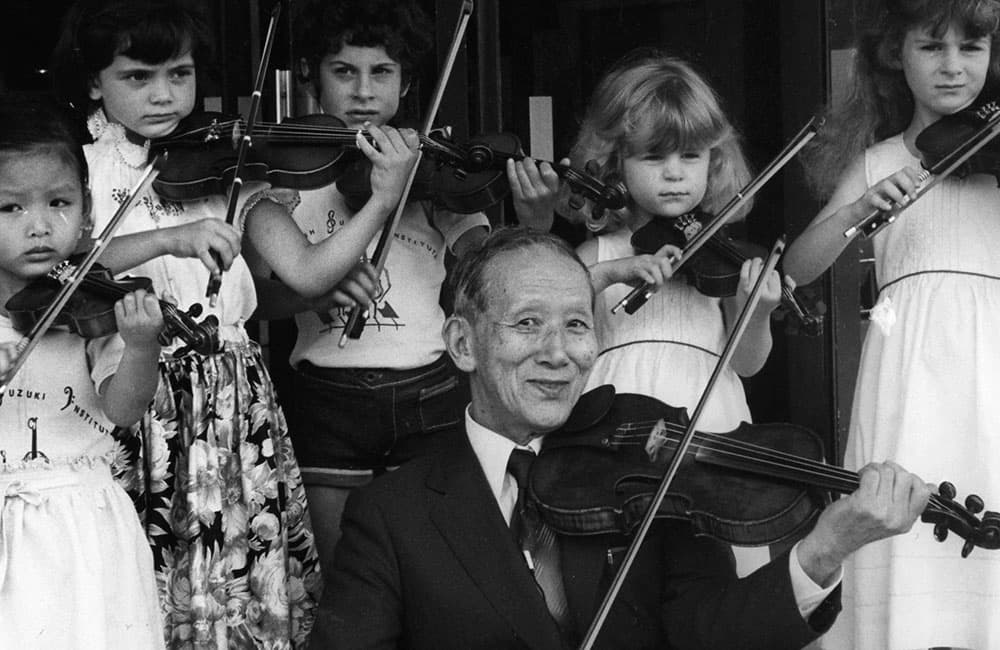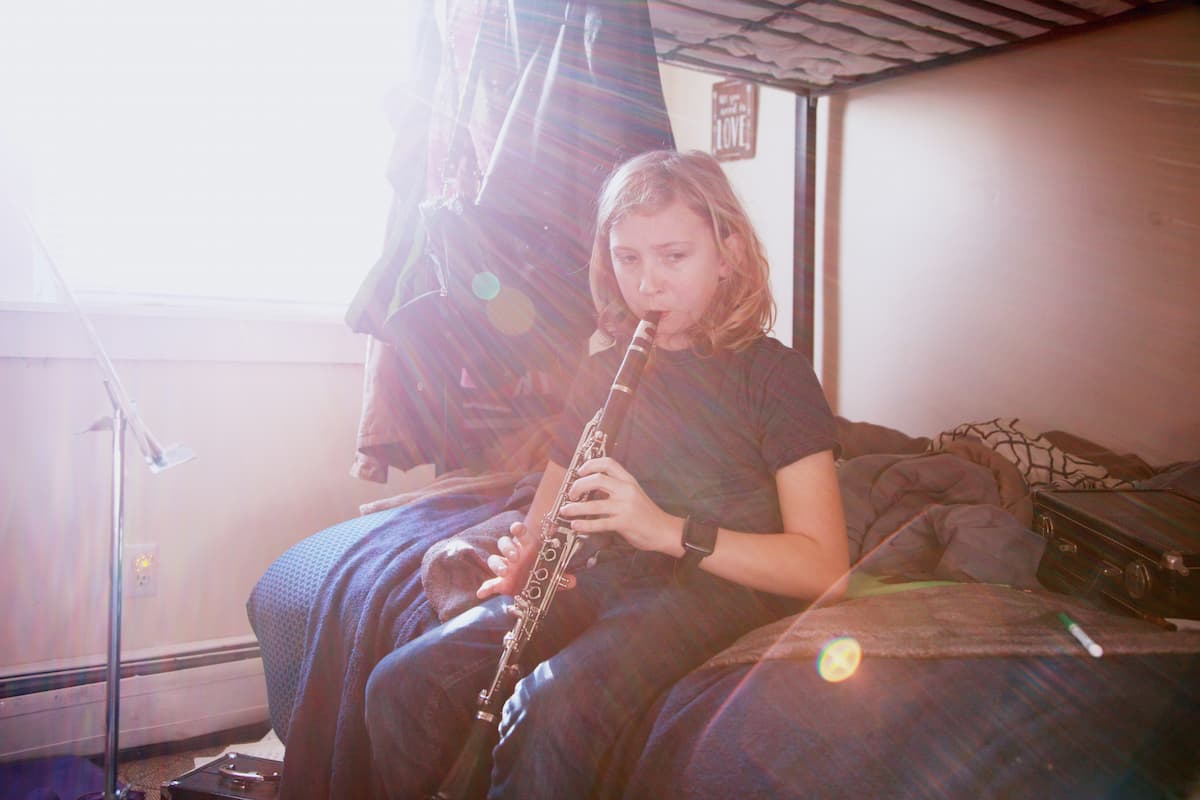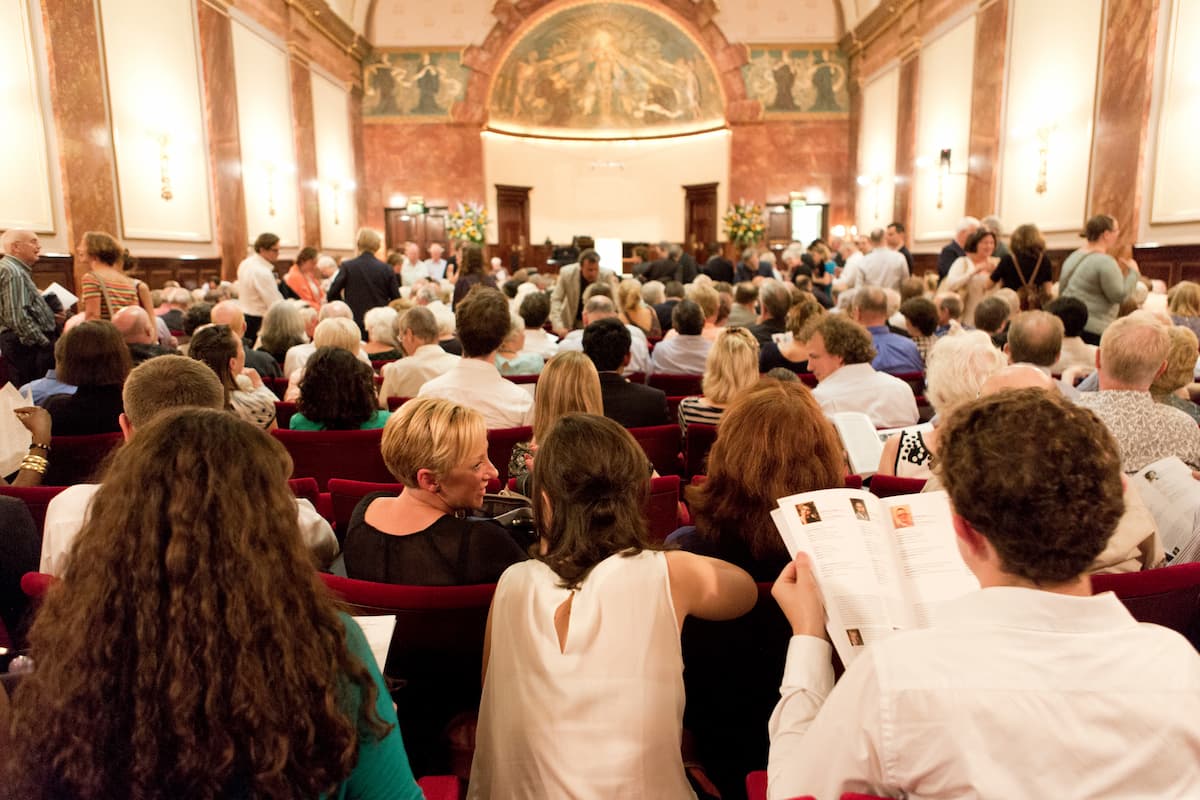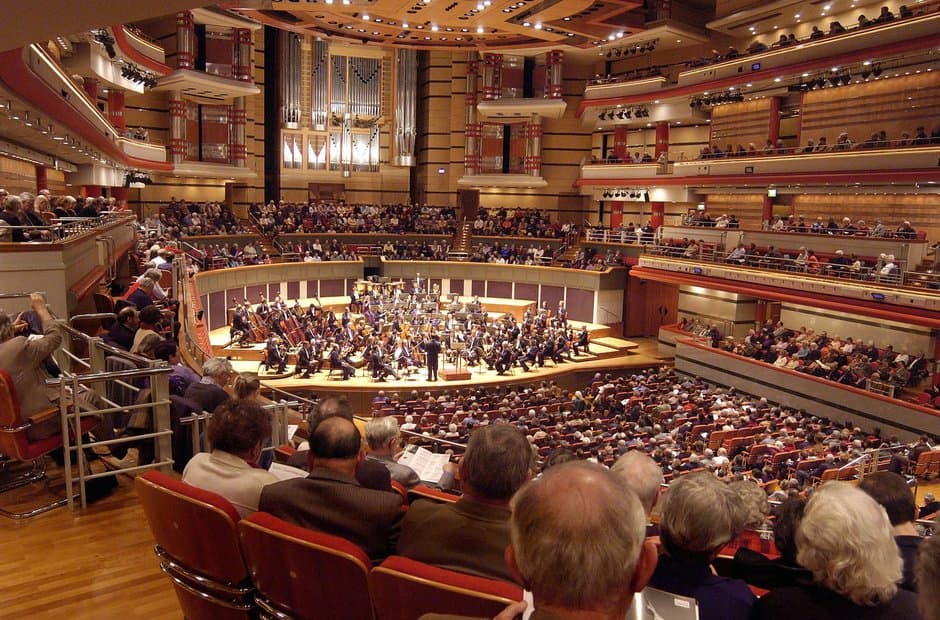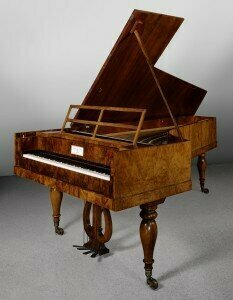
Conrad Graf fortepiano 1820s (Metropolitan Museum)
Aside from the visual aesthetic of period pianos (many are very attractively designed, with fretwork music desks, elegantly turned legs, and veneered or inlaid cases), playing a period piano reveals how the instrument informed and guided the composer, and how a composer such as Schubert or Chopin responded to the piano technology available at the time. Dismiss any fanciful notions of “musical time travel” when playing or hearing such instruments: the intention is not to transport us back to a Viennese Schubertiade or Chopin’s Parisian salon because it is not possible to know exactly how these instruments sounded to composers like Schubert, Chopin or Liszt. But these instruments do offer us a direct connection to the music: we are so used to hearing the great works in the repertoire played on a modern grand piano (usually a Steinway), whose sound is far more homogenised, brighter and even across the entire register, that it is easy to forget that the style and the soundworld of piano pieces written prior to the 1850s are intrinsically linked to the instruments. In short, these instruments command a different kind of respect for the music.
Alain Planes: Debussy: Estampes no.1 Pagodes
1902 Bluthner
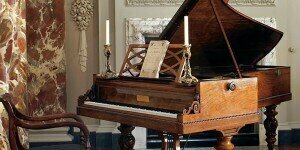
Chopin era Pleyel grand piano, 1848 (The Cobbe Collection, UK)
Alexander Melnikov – Schubert Wanderer I
(Alois Graff piano, Vienna ca. 1835)
The Russian pianist Alexander Melnikov has made several recordings using period instruments, and his latest disc features music by Schubert, Chopin, Liszt and Stravinsky on instruments from the 1830 and 1875, and a modern concert Steinway (he has also performed this programme on similar instruments), offering listeners and audiences the chance to experience four great works of the piano repertoire interpreted in their original instrumental environment. It’s a fascinating exploration of familiar repertoire through the medium of different pianos and how the composers responded to them. Meanwhile, the organisers of the International Chopin Competition have launched a new competition in which participants will perform on period instruments. The inaugural competition takes place in September this year and I sincerely hope this competition will offer competitors and audiences something more than a novelty or “living museum recital” and will cultivate sensitivities and sensibilities in pianists, who can appreciate and respond to what period pianos provide.

